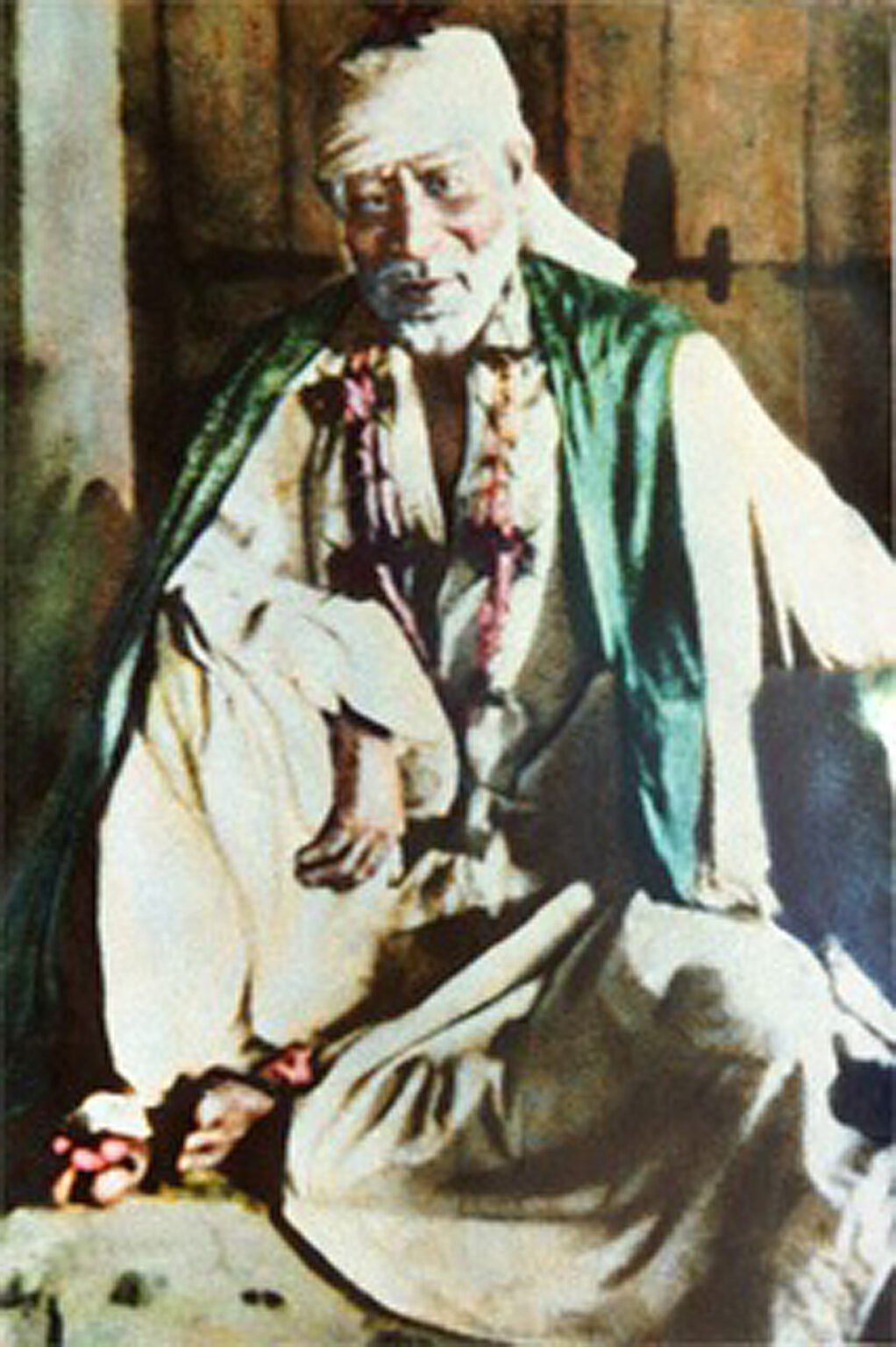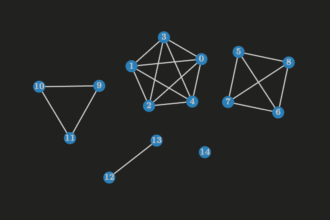Introduction: why the search matters
Many people ask about the sai baba original photo because images feel like a direct link to the past. Photos can make history feel real. Devotees hope a true photograph will bring comfort, trust, and a sense of presence. Scholars and collectors look for originals to preserve heritage. In this guide I explain how to find, evaluate, and honor original photographs of Sai Baba. I focus on clear steps you can follow. I also share how to avoid fakes and where reputable copies live. My tone is simple and kind so anyone can read and act.
Who was Sai Baba and why photos matter
Sai Baba of Shirdi lived in the late 1800s and early 1900s. He passed away in 1918. He lived in Shirdi, a small village in present-day Maharashtra, India. People from many faiths respected him. Photographs taken during his life are rare and precious. An authentic image helps historians and devotees connect to his life. Photographs also document Dhuni (the sacred fire), the mosque Dwarakamayi, and other landmarks from his time. These photos are not just pictures. They are pieces of a shared story about faith, service, and simple living.
When and who took the earliest photos
Early photos of Sai Baba were taken by his devotees and visitors in the last decade of his life. Several albums and prints survive from the early 1900s. Devotees in towns like Mumbai, Pune, and Ahmadnagar brought cameras or hired photographers on visits. These images were often informal snapshots, not studio portraits. Because cameras were less common then, each surviving frame has value. If you find an old print, check any notes, stamps, or ownership marks that name the photographer or the collector. These clues help trace an image back to its origin and confirm whether it’s a genuine historical piece.
Famous original photos and their stories
A few original pictures stand out because they show Sai Baba sitting near the Dhuni, or with close devotees. Some photos were shared in local newspapers, temple records, or private albums. Over time, devotees and printers made copies, retouched them, and even painted over parts to make a clearer face. These restored images help us see more detail, like clothing folds and the background setting. When you compare versions, look for consistent features: the same chair, the same stone, or the same people beside him. That repeat helps confirm authenticity.
How to spot a genuine original photograph
Spotting an original requires patience and a few checks. First, examine the paper and the backing if you can. Old papers often have texture, foxing (tiny brown spots), or edge wear. Second, look for studio marks, owner inscriptions, or dates on the back. Third, assess the image style early 1900s photos have a certain grain and contrast. Fourth, ask about provenance: who owned it before you, and how did they get it? Fifth, compare the face, posture, and setting with known verified originals. If many small details match, the chance of authenticity goes up. Finally, when in doubt, consult an expert in photographic conservation or a trusted archive.
Provenance: tracing where a photo came from
Provenance is the story of an object’s ownership across time. For photographs, provenance can be a set of notes, a collector’s name, or a temple archive entry. Good provenance makes a sai baba original photo far more valuable and trustworthy. Ask for any written letters, receipts, or collection records that came with the photograph. If someone bought it decades ago, try to trace that sale. Temple records, family albums, and old publications can be excellent leads. Sometimes a small stamp from a printing studio or a collector’s name is the single clue that ties a print back to a known early owner. Keep careful notes and copies of what you learn.
Digital copies, restoration, and what to watch for
Digital restoration helps reveal faded detail. But it can also hide traces of the original. A restored or colorized version might remove paper texture or add detail that did not exist. When you see a bright, clean image online, ask whether it is a scanned original or a retouched print. Always request a photo of the paper edges, the back, and any handwriting. If you get only a clean scan, that may be a later reprint. Original photos show age in subtle ways. Conservation professionals can often separate original surface from modern edits by looking closely at grain, contrast, and physical material under proper lighting.
Where to find verified originals and trusted collections
Verified originals appear in temple archives, museums, family collections, and curated sources. Shirdi’s own archives and some museums hold prints that scholars use for study. Reputable collections often provide bibliographic details and who scanned or restored the image. When you look online, prefer sources that cite their background and list the collector. Many verified images have been digitized with notes about the photographer, approximate date, and collection history. If you plan to buy a print, choose sellers who offer provenance notes and a return policy, or ask for an expert appraisal beforehand.
Common myths and reasons photos get misattributed
Myths grow when old images are copied without notes. A small change in a print’s caption can become a new story. Some photos labeled as an “original” are actually later studio reprints or artist retouches. Other images are from devotees who posed with a statue or painting, not the living saint. Be cautious of tall claims like “this is the only original photo” or “this photo was taken on a certain date” without paperwork. Misattribution can come from poor record-keeping or enthusiastic sellers. Always ask for documentation and compare with images in credible archives.
Respectful use, printing, and sharing of photographs
When you find a sai baba original photo, treat it with care and respect. That means asking permission before reproducing or selling copies. If the image is in a private family album, the family’s wishes matter. For temple archives and museums, follow their rules for photography and reproduction. When posting online, give credit and describe whether the image is an original, a scan, or a restored copy. Avoid claims that push a photo into the realm of miracles unless there is documented evidence. Respect builds trust; respectful sharing helps preserve these items for future generations.
Ethical buying and pricing tips for collectors
If you consider buying an old photograph, get a clear written description first. Ask for close photos of edges, the back, and any stamps. Request the seller’s provenance notes and any past appraisals. Ask about returns and authentication guarantees. Price varies widely depending on provenance, rarity, and condition. Extremely cheap claims of “original” without paperwork are red flags. If you plan to display a purchased original, consider conservation framing to protect it from light and humidity. A controlled environment preserves the paper and the image for the long term.
Personal research notes and stories from devotees
In researching these images I read many devotees’ stories and archive notes. People often found photos tucked into family albums or passed down with letters. One common story: a framed print was discovered in a small attic chest, labeled only with the word “Shirdi” and a year scribbled faintly. That single note led to more digging and a link to a known family of devotees who had visited Shirdi around 1915. These small bits of evidence, repeated across families and archives, create a network that helps historians confirm originals. Listening to owners and recording every small detail is vital for good provenance.
Practical steps to verify a photo you find online
If you see a potential sai baba original photo online, follow simple steps. First, save the image and the webpage. Second, look for site credits or archive information. Third, reverse-search the image to see earlier copies. Fourth, contact the site owner for the image’s source and any paperwork. Fifth, compare the image to verified originals in reliable collections. Sixth, seek an independent expert for appraisal if the item is valuable. Seventh, ask about postage insurance and return policy before buying. These steps help avoid scams and keep your research honest.
Conclusion: how to proceed with care and curiosity
Chasing an authentic sai baba original photo can be a joyful and meaningful journey. Take small steps: learn what originals look like, check provenance, ask questions, and prefer verified archives. Share findings with care and give credit to sources. If a photograph has deep personal meaning, consider preserving it properly and documenting its story. If you plan to buy, ask for expert help where needed. Above all, treat these photographs as shared heritage.
FAQs
1) How many authentic photographs of Sai Baba are known to exist?
A number of early photos survive, mostly taken in the final years of Sai Baba’s life. Collections held by devotees, temples, and archives preserve several dozen unique early prints and negatives. Some images appear in different copies or restorations, which can make the list longer.
2) Can colorized versions be considered original?
No. Colorized versions are not original. They start from an original black-and-white print or scan, but artists add color later. They can be beautiful, but they are not authentic originals.
3) Where can I see high-quality scans of original Sai Baba photos?
High-quality scans exist in temple archives, some museum collections, and careful personal projects. Trusted publications and books on Sai Baba also reproduce verified images with captions and dates.
4) How do experts test the age of a physical photo?
Experts examine the paper, photographic chemistry, and printing methods. Old papers show certain fibers, textures, and deterioration patterns. Chemical analysis and provenance notes also help confirm authenticity.
5) Is it okay to use an original photo for personal devotion?
Yes, many devotees use photographs for personal devotion. But it is important to respect rights and permissions when using family or archived images.
6) Can I ask you to help check a photo I found online?
Yes, you can share a link or upload a clear image. I can help compare it to known features of verified photos and suggest next steps.









